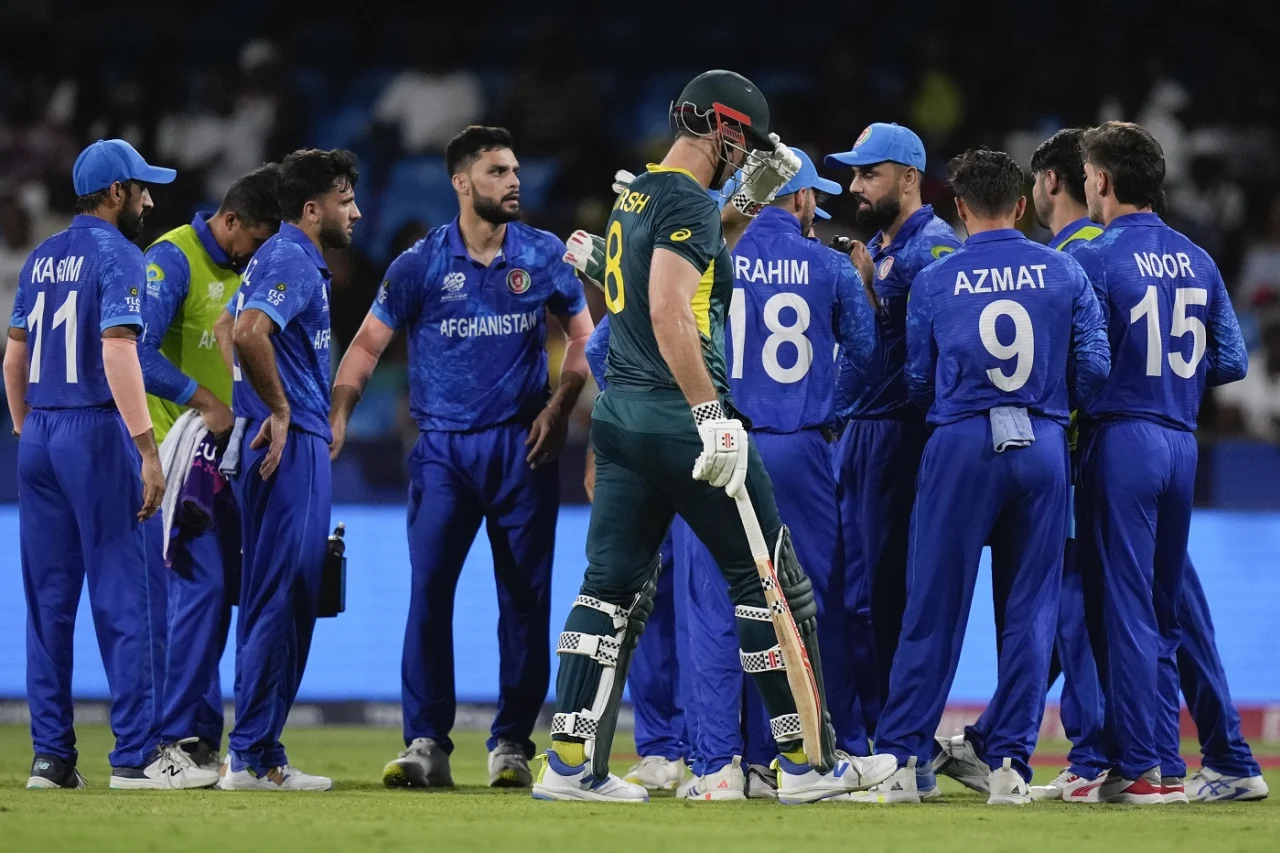In the past two years, Bangladesh’s fast bowler Taskin Ahmed has maintained an impressive economy rate of just 5.09 runs per over in ODIs.
He was superb in the first ODI in Colombo, taking 4 wickets for 47 runs in 10 overs. Rested for the second match, he returned to the XI in today’s third ODI at Pallekele and continued his excellent form. After nine overs, Taskin had figures of 2 for 40, but his final over cost 11 runs, slightly denting an otherwise tidy spell. He finished with 10-0-51-2, an economy of 5.10.
In this high-scoring era, that’s still anything but expensive. Since July 8, 2023, Taskin has bowled 195.5 overs across 23 ODIs, claiming 38 wickets at that outstanding economy of 5.09—the best among pacers who’ve bowled at least 150 overs in this period.
The next best? A relatively unknown name—Canada’s Dillon Heyliger, who has bowled 160.4 overs in 21 matches with an economy of 5.22, picking up 36 wickets. Third is Paul van Meekeren from the Netherlands, with an economy of 5.28 from 214.5 overs in 26 matches, taking 46 wickets.
Rounding out the top five are Matt Henry of New Zealand (5.35) and Australia’s Josh Hazlewood (5.38).
If you remove the pacer-vs-spinner distinction, Taskin drops to 17th overall in economy rate over the past 24 months. The leader? Namibia’s Bernard Scholtz, a left-arm spinner with an economy of just 3.25 in 20 matches, taking 36 wickets. Among Test-playing nations, only Afghanistan’s Mohammad Nabi cracks the top five, with a 4.29 economy rate.
Now, if you lower the overs threshold to 100, Taskin ranks seventh among pacers. The most economical pacer in this range is Canada’s left-arm seamer Kaleem Sana, who bowled 147.4 overs in 18 matches at just 4.20 per over.
Among bowlers from full-member nations, Jasprit Bumrah stands out. The Indian pacer has an economy rate of 4.40, placing him third. Others ahead of Taskin include Saurabh Netravalkar (USA – 4.33), Brandon McMullen (Scotland – 4.75), Karan KC (Nepal – 4.84), and Kyle Klein (Netherlands – 4.93).






